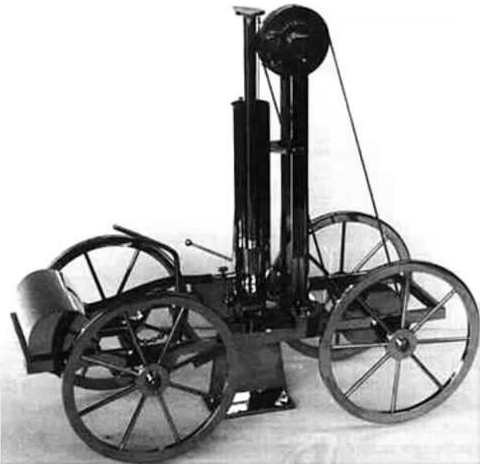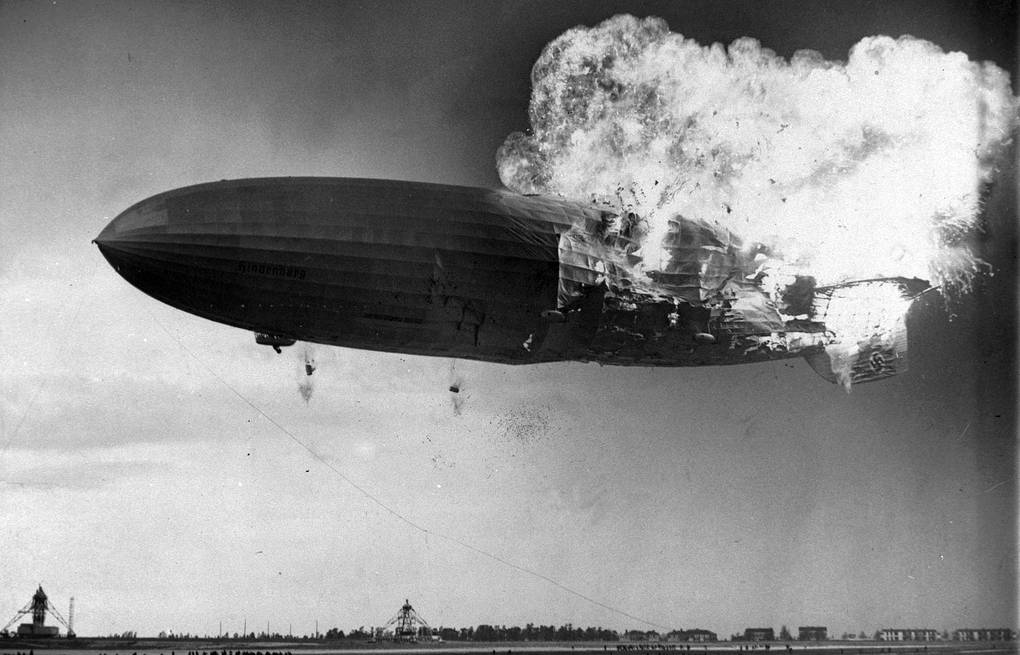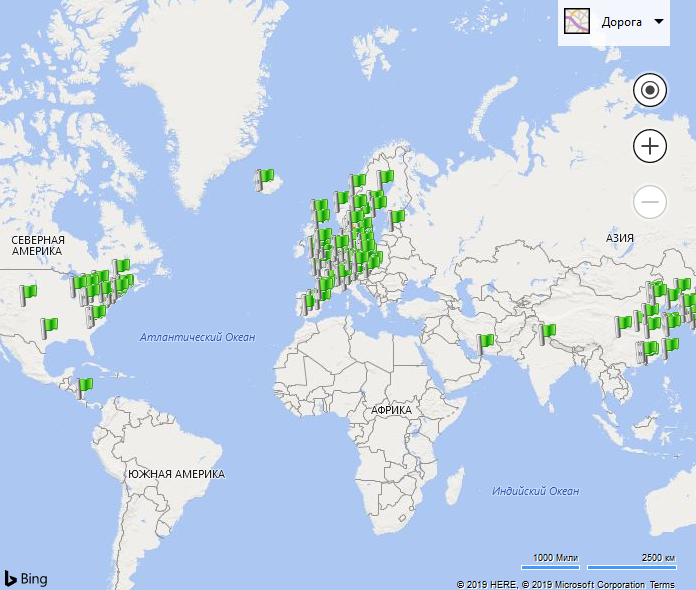Background: how hydrogen cars work and when they appear on the roads

In Spain, where I now live, there are quite a lot of electric vehicles - I meet them almost every day, both on the roads and at charging stations. And every year there are more and more electric cars (not only in Spain, of course). But there is an alternative - hydrogen-fueled cars, which also do not pollute nature, since their exhaust is water. The topic of today's reference is hydrogen machines, the principle of their operation and prospects.
When did the first hydrogen cars appear?
Invented the hydrogen-powered internal combustion engine, François Isaac de Rivaz in 1806. He received hydrogen by electrolysis of water. The piston engine that the inventor created is called the De Rivaz engine.

The ignition was spark, the engine had a connecting rod-piston system. Well, the cylinder was driven by the detonation of a mixture of hydrogen and oxygen with an electric spark - it had to be generated manually at the moment the piston was lowered. Two years later, the same inventor built a self-propelled device with a hydrogen engine.
But more or less widely used hydrogen for the operation of automobile engines began many years later. In 1941, in besieged Leningrad, GAZ-AA automobile engines were modified by engineer-lieutenant B. I. Shelish. The engines controlled the winch of the aerostat barriers (they were filled with hydrogen, and there were many gas reserves in Leningrad), but these were automobile engines. In addition, several hundred engines in cars were modified.
Since the 1980s, several countries, including the United States, Japan, Germany, the USSR and Canada, have started experimental production of hydrogen cars, hydrogen-gas mixtures and mixtures of hydrogen with natural gas.
In 1982, the Quantum refinery and the RAF refinerydeveloped the world's first experimental hydrogen minibus “Kvant-RAF” with a combined power plant based on a 2 kW hydrogen-air fuel cell and a 5 kWh nickel-zinc battery.
Over the years, such cars were developed in different countries, mostly as an experiment. After the concept of a green car became popular, large corporations like Toyota became interested in hydrogen cars. Starting in the 2000s, car companies began to develop concepts for commercial vehicles.
Where to get hydrogen?
Hydrogen can be obtained by various methods:
- steam conversion of methane and natural gas;
- coal gasification;
- electrolysis of water;
- pyrolysis;
- biotechnology.
The most economical way to produce hydrogen is now considered to be steam conversion. This is called the production of hydrogen from light hydrocarbons (methane, propane-butane fraction) using steam reforming. Reforming is the process of catalytic conversion of hydrocarbons in the presence of water vapor. Water vapor is mixed with methane at high temperature (700–1000 Сº) and high pressure using a catalyst.
In steam conversion, it is cheaper to produce hydrogen than using any other methods, including electrolysis.
The most harmless method of producing hydrogen is electrolysis - the production of hydrogen from water using electric current. The purity of hydrogen yield is close to 100%. Apart from pollution for electricity, such plants are almost environmentally friendly, since only hydrogen and oxygen are released during operation.
Another environmentally friendly way to produce hydrogen is a biomass reactor.

Source
Hydrogen can be produced both in a large factory and in a relatively small enterprise. The larger the production, the lower the cost of gas. But in the first case, the cost of delivering hydrogen to the places of refueling cars increases.
How does the fuel system work and what are the options?
It is best to consider the principle of operation of such a system on the example of serial hydrogen cars Toyota Mirai. The basis is a fuel cell, an electrochemical system that converts particles of hydrogen and oxygen into water. Inside such an element is a proton-conducting polymer membrane that separates the anode and cathode. Usually these are carbon plates with a supported catalyst.
On the anode catalyst, molecular hydrogen loses electrons, cations are passed through the membrane to the cathode, and electrons are transferred to the external circuit. At the cathode catalyst, oxygen molecules combine with the electron and proton to form water. Steam or liquid is the only reaction product.
The advantage of fuel cells based on proton exchange membranes is their high specific power and relatively low operating temperature. They heat up quickly and begin to produce energy almost immediately after the start.
Mirai uses fuel cells with a high specific power per unit volume (3.2 kW / l), and their maximum power is 124 kW. The direct current produced by the fuel cell is converted into alternating current with a simultaneous increase in voltage to 650 V. Electricity is supplied to the lithium-ion battery. For movement, the machine consumes the energy stored in it.
The hydrogen in the Mirai fuel cell comes from high pressure cylinders (about 700 atm). The control unit in the car controls the operation of the fuel cell and the charging / discharging of the battery.
According to Toyota, up to 750 grams of hydrogen are needed per 100 km of Mirai track. Mirai owners say about a kilogram of hydrogen per 100 kilometers .
Are such cars dangerous? Why?
Since hydrogen is a combustible gas, it must be transported and stored carefully. We need highly sensitive gas analyzers that can give a signal in case of a leak. True, hydrogen is a very volatile gas (it is the lightest chemical element) and when it enters the atmosphere, hydrogen rises quickly.
It burns out very quickly. The airship "Hindenburg" burned for only 32 seconds. Due to the transience of the fire, not all passengers died, 62 out of 97 people who were in the gondola of the airship survived.

Nevertheless, if there will be a lot of hydrogen cars, then new road safety measures will be required. ICE cars are also dangerous - in the event of an accident and a breakdown in the tank, gasoline or diesel fuel leak onto the road and can ignite. If a hydrogen tank is broken,gas will disappear very quickly . But if a source of open flame or sparks is near, hydrogen can ignite.

Mirai and other hydrogen cars use very strong hydrogen tanks. Toyota has made its tanks bulletproof, their walls made of heavy-duty fiber can withstand shots from large-caliber weapons. For tests, the company hired snipers and only a .50 caliber bullet could penetrate the tank after double hitting it in the same place.
If you observe safety measures, hydrogen cars are not more dangerous than cars with internal combustion engines.
What is the service life of the fuel cells?
So far, such information is only for Mirai. Toyota says that one cell is guaranteed to work for 250,000 km. Then, if the cell's performance deteriorates, it can be replaced at a service center.
Which companies are already producing or are going to produce hydrogen cars?
Hydrogen cars are developed by Honda, Toyota, Mercedes-Benz and Hyundai - these companies already have ready-made vehicles. Others show so far only concepts (however, workers) or simply beautifully rendered images. Among the former are Audi and Ford, and the latter are BMW (in all fairness, it must be said that in 2007 BMW released a batch of 100 experimental hydrogen models that remained an experiment) and Lexus.
So far, only Toyota Mirai and Honda Clarity have been launched into the series. They can be purchased in the USA and Europe.
How much is it?
At the moment, hydrogen cars are slightly more expensive than conventional ones in terms of operation. So, when traveling in Europe with a length of 480 km, the cost of fuel for the owner of an ordinary car will be approximately $ 45, but the owner of Mirai will pay about $ 57. And this despite the fact that the government of some countries subsidizes the production of hydrogen for cars. The cost of 1 kg of hydrogen is on average $ 11.45.
Why hydrogen cars are better than electric cars?
Actually, the question is not entirely correct. The fact is that both a hydrogen-powered car with a fuel cell and a “clean” electric car are electric cars. Just in one case, the car is fueled with hydrogen, in the second - with electricity.
If you compare the cost of most electric vehicles and Toyota Mirai, then they are comparable, this is several tens of thousands of US dollars. The cost of the Hyundai ix35 Fuel Cell is about $ 53 thousand, Toyota Mirai - $ 57 thousand, Honda Clarity - $ 59 thousand. The cost of Tesla electric cars starts at $ 45 thousand (the basic configuration with a price of $ 35 thousand is still available only for pre-order). Electric cars from BMW cost about $ 50 thousand.
Hydrogen cars quickly fill up - it takes only 3-5 minutes, unlike electric cars, where it takes from half an hour to several hours to recharge.
The main advantage of hydrogen transport is that the fuel cells last for many years and practically do not require maintenance. If you take a “clean” electric car with its huge battery, then its service life is only 1–1.5 thousand cycles, that is 3-5 years. Moreover, the hydrogen car will work without problems in the cold (including wind up), but the battery of an electric vehicle will lose its charge.
What are the prospects for hydrogen cars and when they can be seen on the road?
Hydrogen cars are already driving along the roads of Europe and the USA (there may be isolated copies in other regions). But there are not many of them - several thousand, which can not be called mass adoption.
The problem that now prevents the proliferation of hydrogen vehicles is the lack of infrastructure (just a few years ago, a similar problem was relevant for electric vehicles). We need specialized factories for the production of hydrogen, transportation systems for hydrogen and refueling.

Hydrogen filling stations in 2019 ( source )
In addition, hydrogen is quite expensive, so if electric cars are bought, in particular, to save on fuel, then in the case of a hydrogen machine, this is not an option. With the massive emergence of factories producing hydrogen for cars, as well as service infrastructure, one can expect a much larger number of hydrogen vehicles to enter public roads.
But there is no guarantee that this will happen at all or not - it is not yet clear. Automakers like Toyota are actively promoting their cars and the benefits of hydrogen in the transportation sector. But the competition is too great, both among ordinary cars with internal combustion engines, and among electric vehicles.
